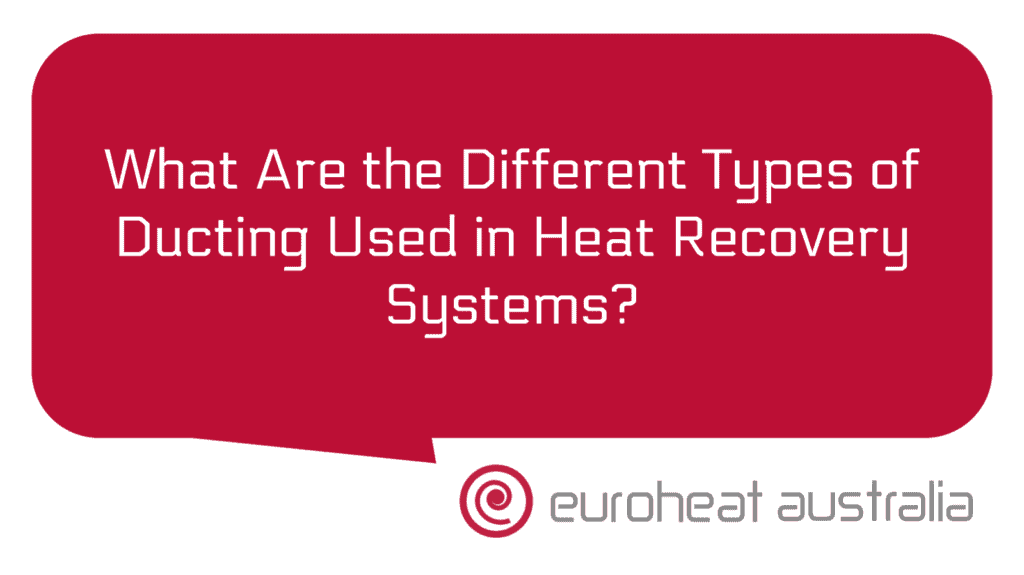If you’re a homeowner in Australia, you may have come across heat recovery systems and wondered what they are and what energy efficiency ratings they offer. Heat recovery systems (HRS) can be a great way to reduce your carbon footprint while also saving energy costs. In this article, we’ll look at the energy efficiency ratings of different heat recovery systems, the benefits they offer, and why it’s worth considering getting an HRS installed.
How It Works
First things first: let’s look at how HRS work. Heat recovery systems use a heat exchanger to transfer heat from one air stream to another. For example, if you have an air conditioning system that removes hot air from inside your home, the HRS will take that hot air and transfer its heat to the incoming cold air from outside. This process helps to reduce the amount of energy required to cool your home as it means less work for the air conditioner. The same principle applies for heating – the heat exchanger transfers warm air from inside your home to incoming cool air from outside, reducing the need for additional heating sources such as radiators or boilers.
Energy Efficiency Ratings
The two main types of HRS – mechanical ventilation with heat recovery (MVHR) and active stack ventilation (ASV) – both have high energy efficiency ratings which make them ideal for reducing heating and cooling costs in your home. MVHR units can achieve up to 90% efficiency rates while ASV units can reach up to 95%. This means that if you install one of these types of HRS in your home, you could save up to 95% on your heating or cooling bills! To give an example: if you had a 6 kW boiler running 8 hours a day, then with an MVHR unit installed you would save roughly $1,400 on energy bills every year compared to not having one installed at all!
Benefits
Not only do HRS help reduce energy costs but they also offer other benefits such as improved indoor air quality by exchanging stale indoor air for fresh outdoor air. They also reduce noise levels by helping muffle outdoor sounds such as traffic noise coming into your home and keep humidity levels balanced which is great news for those who suffer from allergies or asthma.
Design & Installation Services
When it comes to installing an HRS in your home, it’s important that it is done correctly so that it operates efficiently and offers maximum savings on energy costs. For this reason, it’s worth considering using the design and installation services of Euroheat Australia who have been designing and constructing hydronic heating & cooling systems for 30 years now! With their expertise in designing efficient systems specifically tailored for Australian homes plus their top-notch customer service guarantee – you know that when choosing Euroheat Australia for all your installation needs – you can rest assured knowing that you will be getting top quality service delivered with care all backed up by industry leading warranties!





